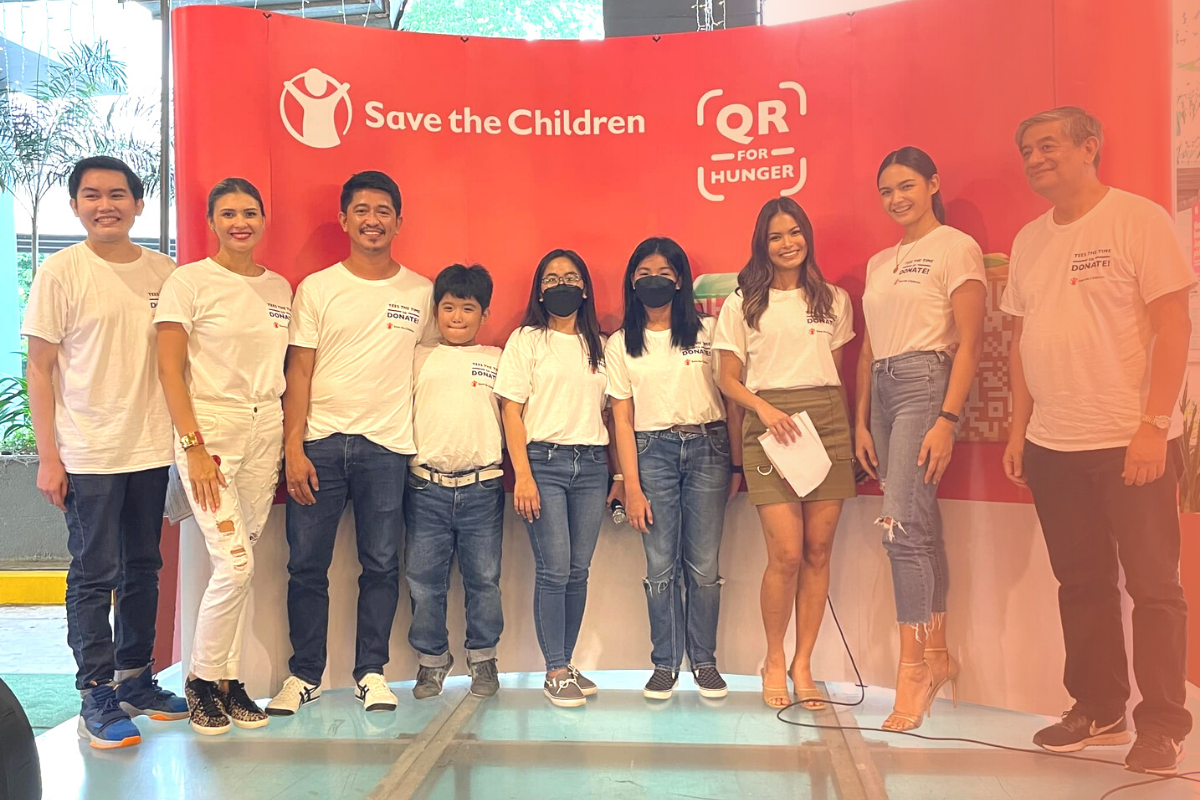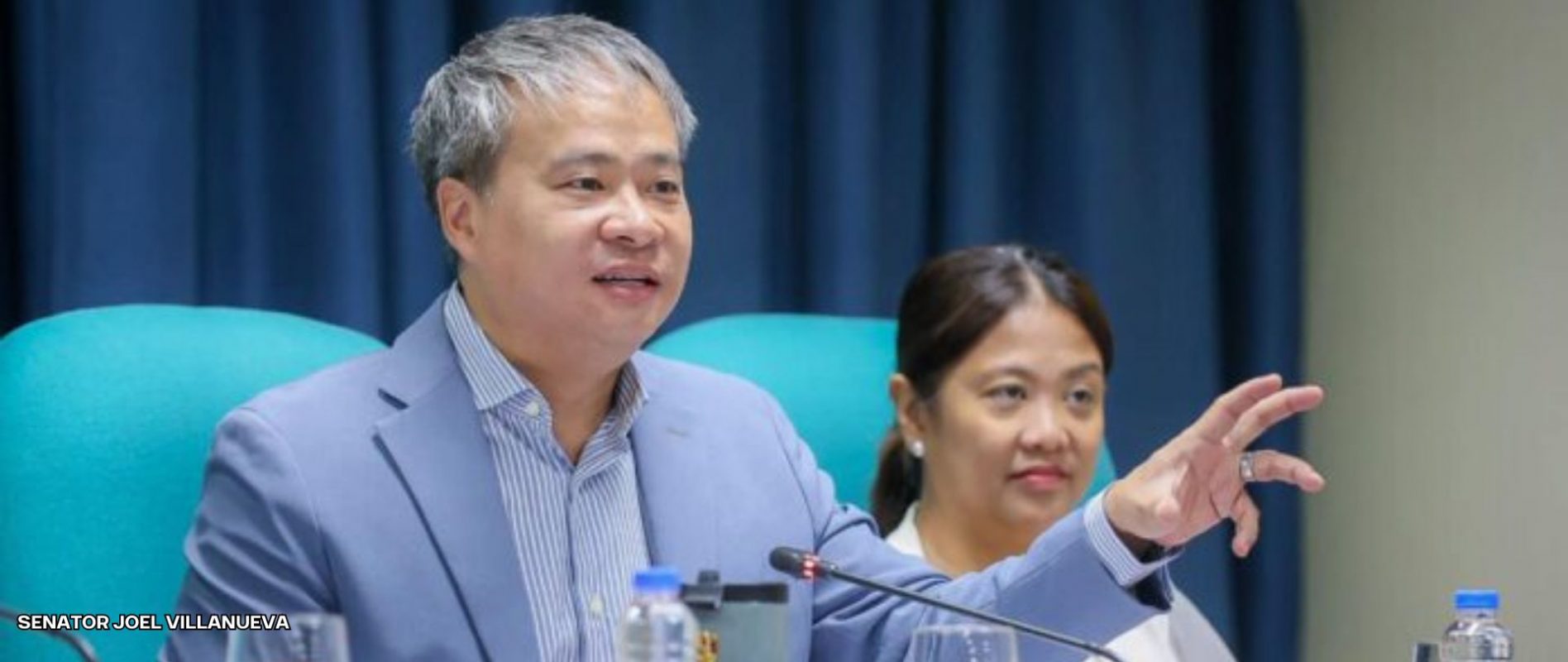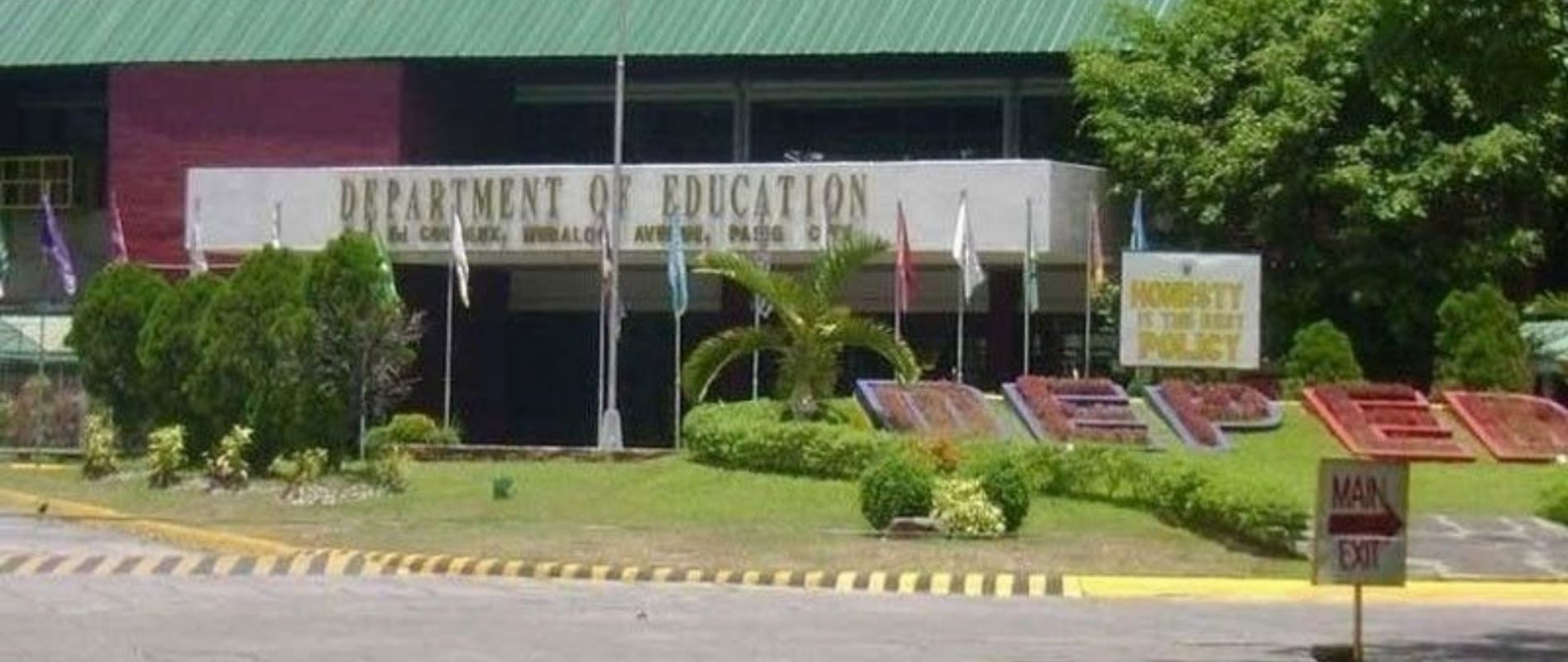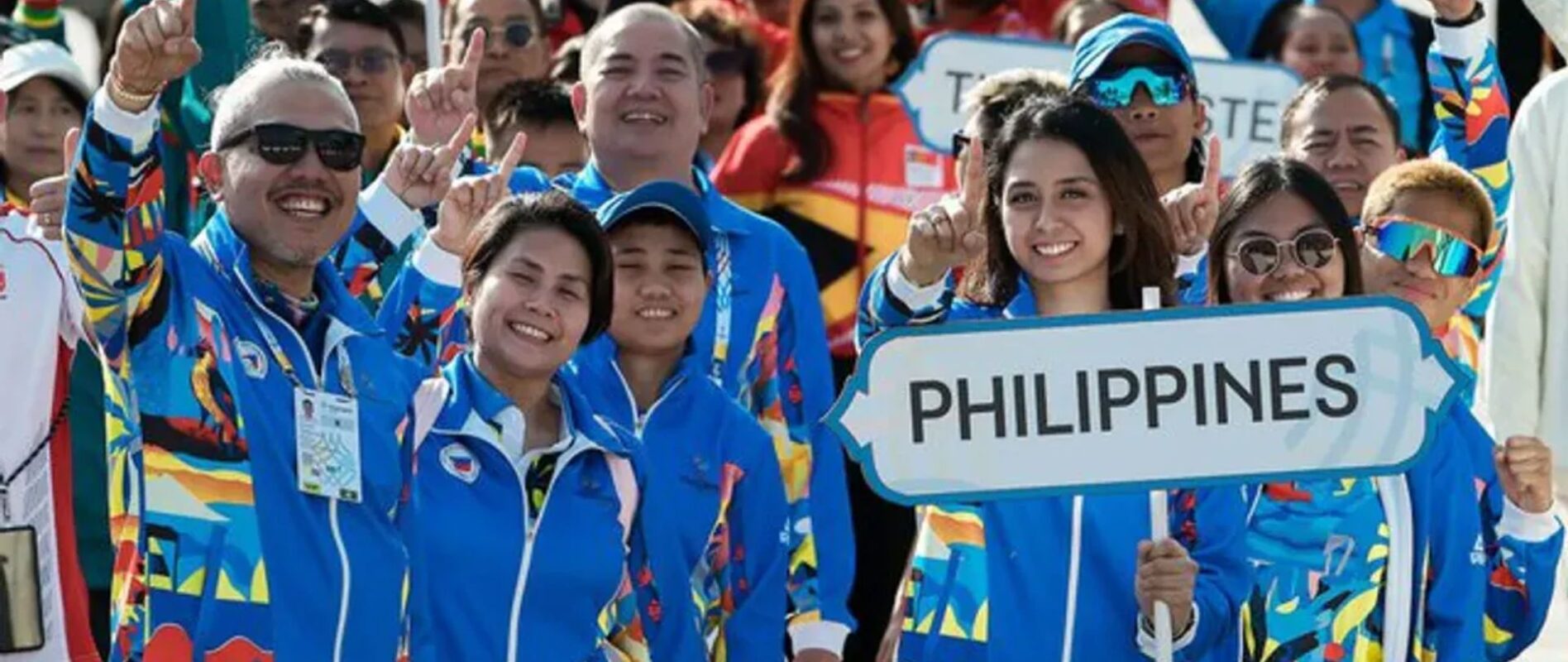SAVE THE CHILDREN LAUNCHES QR CODE FOR HUNGER
SAVE the Children Philippines has launched its QR for Hunger, a digital program that makes it easier for the public to send their donations.
Donors can give help simply by scanning QR codes.
The World Bank said that hunger in the Philippines rose because of the pandemic. A survey by the Social Weather Stations showed that in September 2020, 31 percent of Filipino families experienced hunger in the past 30 days and 9 percent suffered from severe hunger – the highest levels recorded in more than 20 years.
In 2021 alone, 13.1 percent or 2.9 million children were estimated to be hungry.
“Hunger is exponentially depriving a generation of Filipino children of their rights and heavily impacts their growth and development in many ways. Thus, all actors, including governments, donors and the general public, must collaborate to manage the risks of the hunger crisis and invest in anticipatory action to prevent rather than respond to crisis warnings,” Save the Children Philippines CEO Atty. Albert Muyot said.
Funds raised through the QR for Hunger under the #SavetheChildrenfromHunger campaign will provide resources for health and nutrition interventions that will improve Save the Children Philippines’ sponsored communities’ access to food. It will support parents and guardians in rehabilitating their malnourished children using diets based on local knowledge and resources.
Save the Children’s Katarina Rodriguez led the ceremonial unveiling of the QR for Hunger.
“As a mother, I know how important it is to keep our children healthy – from exclusively breastfeeding my son Quino to preparing nutritious meals. But a lot of families in the country are unable to put food on the table as they are crippled by economic challenges from low wages, unemployment, and increasing prices of basic commodities,” Rodriguez said.
Dr. Amado Parawan, Health and Nutrition Advisor of Save the Children Philippines, said it is heartbreaking that the most stunted children are from farming and fishing communities. While they are at the forefront of producing food, they remain to be one of the country’s poorest families.














